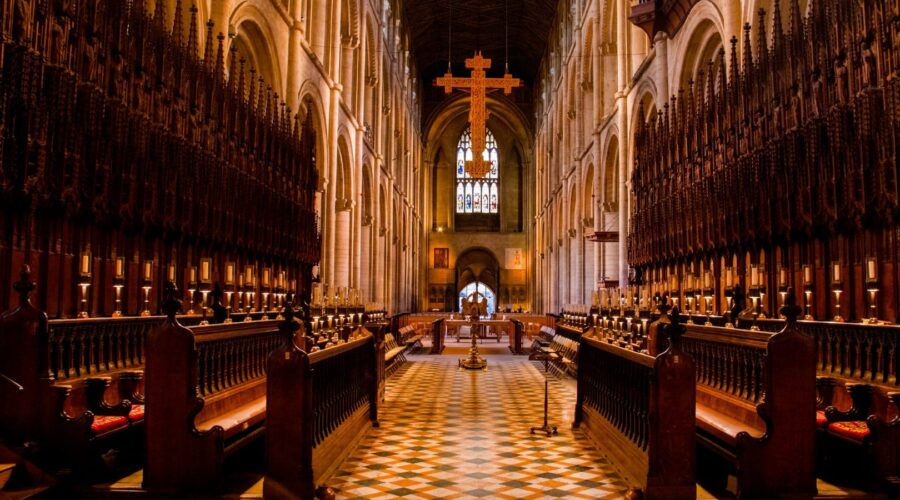Your cart is currently empty!
Discover the Rich History and Beliefs of the Old Catholic Church: An In-Depth Exploration

The Old Catholic Church, a distinct ecclesial body, holds a remarkable history and set of beliefs that have shaped its identity. Delve into this detailed blog post to explore the origins, teachings, and practices of this fascinating branch of Christianity.
Origins of the Old Catholic Church
- Emerged in 1870s as a response to Vatican I’s declaration of papal infallibility
- Led by Dutch bishop Joseph Hubert Reinkens and German theologian Ignaz von Döllinger
- Rejected papal authority and the dogma of infallibility, emphasizing a decentralized church structure
Doctrinal Beliefs
Key Principles:
- Episcopal Succession: Believes in the continuation of apostolic authority through bishops ordained in an unbroken line from the apostles.
- Sacramentalism: Recognizes the importance of sacraments, including baptism, Eucharist, and the sacrament of reconciliation.
- Clerical Celibacy: Maintains the practice of clerical celibacy for priests and bishops.
Differences from Roman Catholicism:
- Papal Authority: Rejects papal infallibility and the concept of papal supremacy.
- Mariology: Does not venerate Mary to the same extent as Roman Catholicism.
- Eucharist: Believes in the Real Presence of Christ in the Eucharist but does not endorse the doctrine of transubstantiation.
Practices and Worship
Liturgy:
- Retains traditional Catholic liturgies, including the Mass and the sacraments.
- Incorporates elements of Anglican worship, such as the use of English in the liturgy.
Ecumenical Relations:
- Engages in dialogue and cooperation with other Christian denominations, including the Anglican Communion and the Eastern Orthodox Church.
- Has full communion with the Anglican Church of Canada and the Porvoo Communion.
Structure and Organization
Episcopal Polity:
- Governed by bishops who form the International Bishops’ Conference.
- Each bishop is responsible for a diocese or jurisdiction.
National Synods:
- Each country or region with a significant Old Catholic presence establishes a national synod.
- Synods are composed of clergy, lay representatives, and bishops.
Ecumenical Councils:
- International gathering of Old Catholic bishops to discuss doctrinal and pastoral matters.
- Held periodically to provide direction and unity to the church.
Challenges and the Future
- Membership and Demographics: Facing challenges in attracting and retaining members, particularly in younger generations.
- Ecumenical Relations: Balancing the need for unity with other Christian denominations while maintaining its distinct identity.
- Modernization and Adaptation: Navigating the need for modernization while preserving traditional practices and beliefs.
Conclusion
The Old Catholic Church, with its rich history, distinctive beliefs, and commitment to ecumenism, offers a unique perspective on Christianity. Its ongoing journey of faith, both challenging and rewarding, continues to shape its identity and inspire its members. Understanding the Old Catholic Church深ens our appreciation for the diversity of Christian traditions and the enduring quest for unity and renewal within the Christian faith.
| Country | Number of Parishes |
|---|---|
| Germany | 100+ |
| Netherlands | 30+ |
| Switzerland | 20+ |
| Austria | 15+ |
| United States | 10+ |